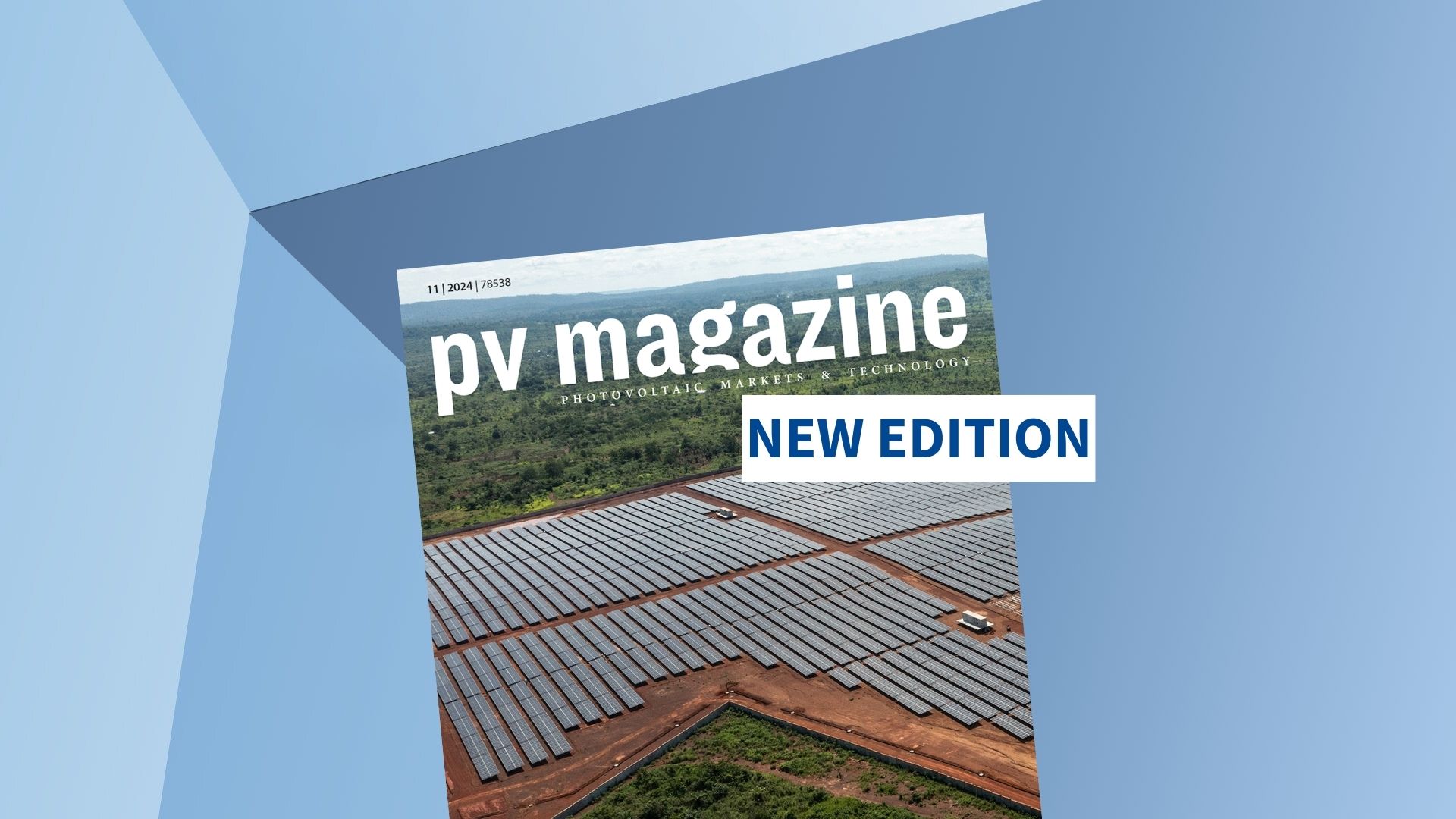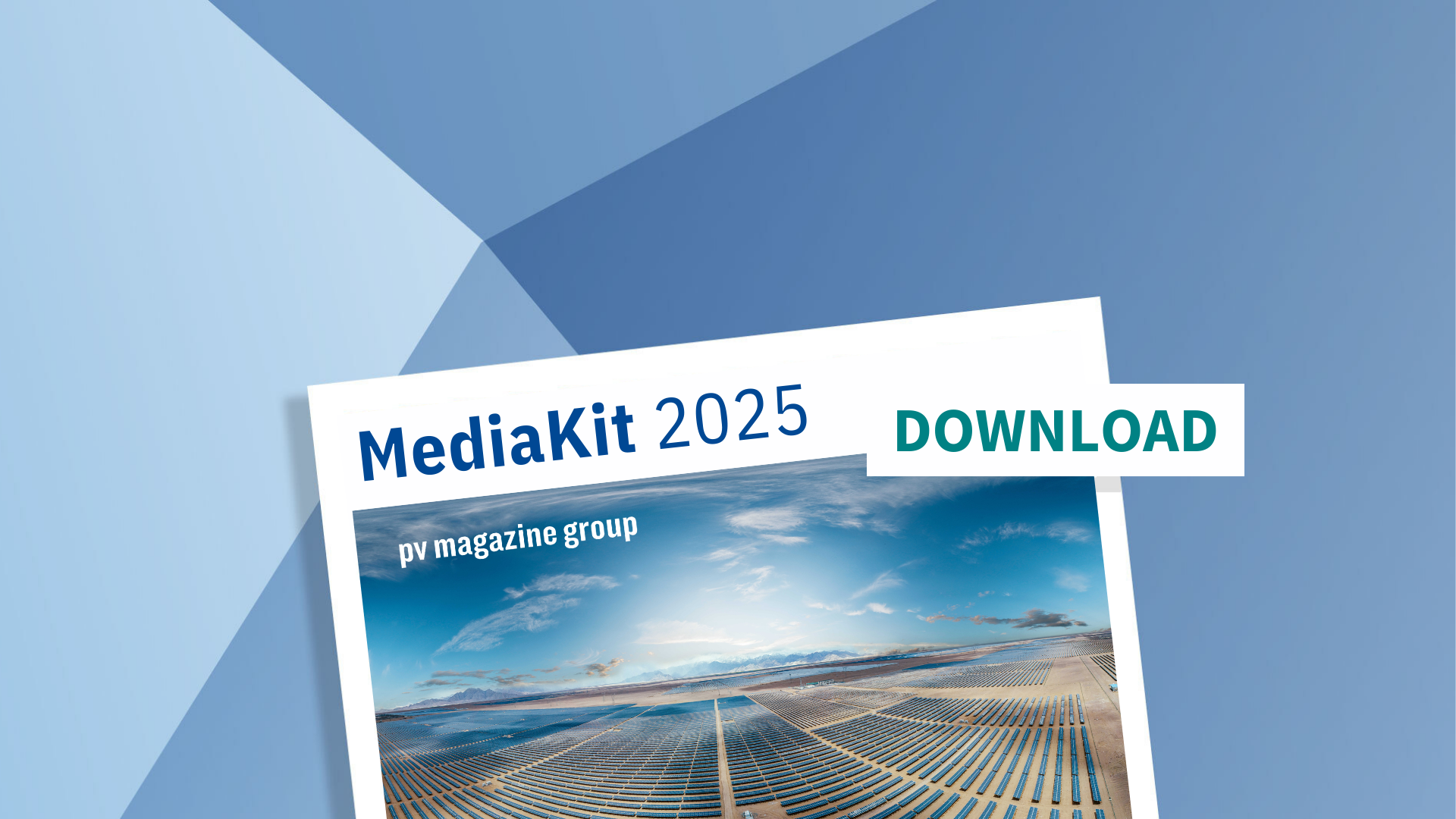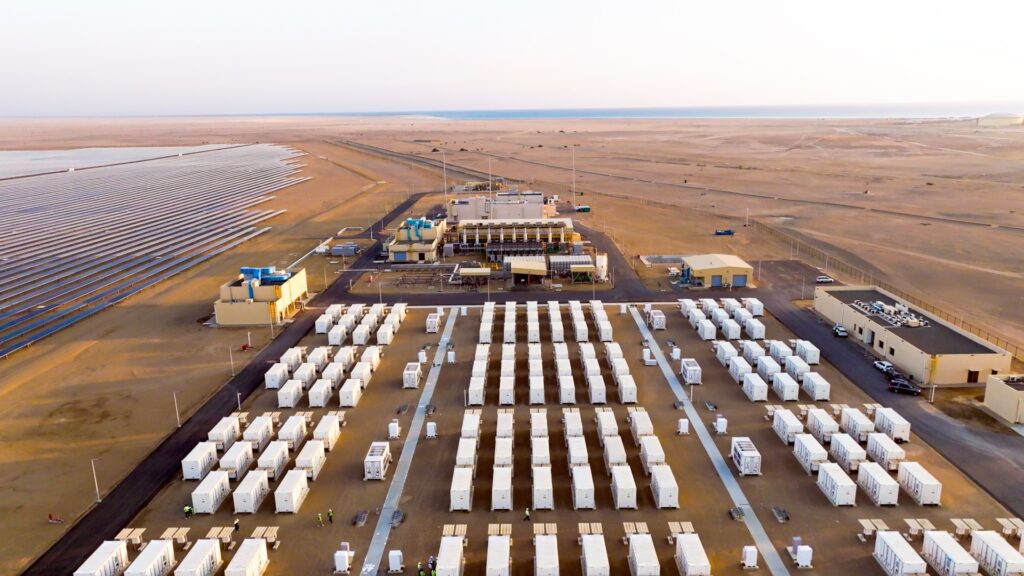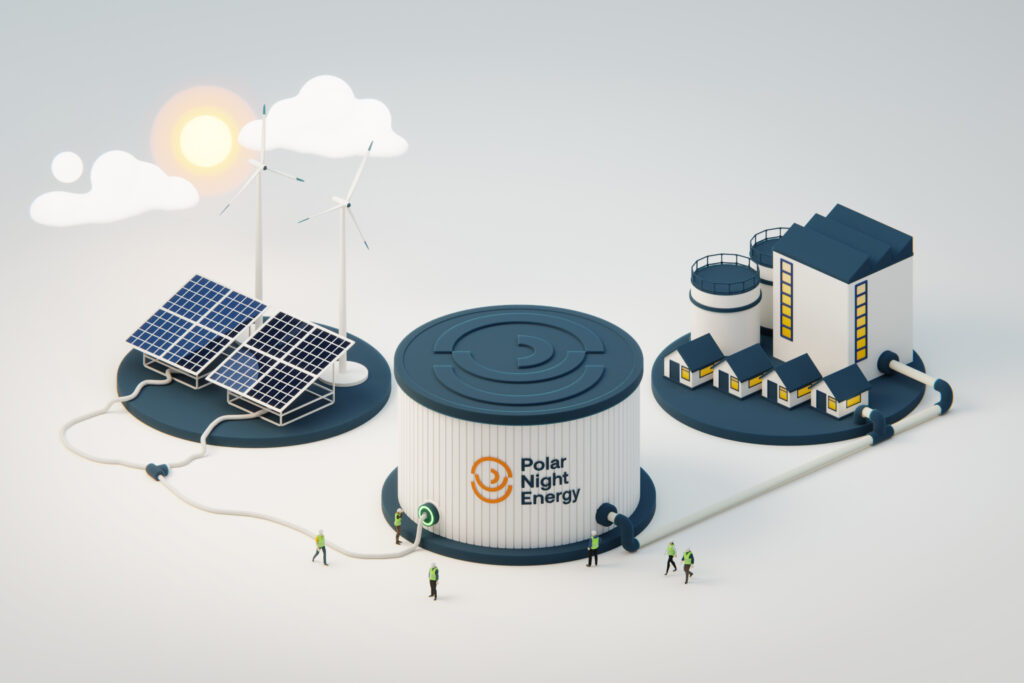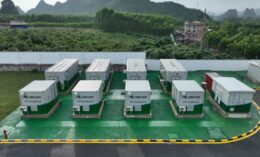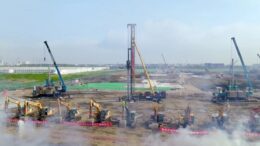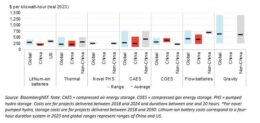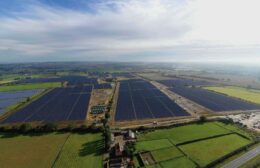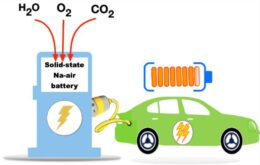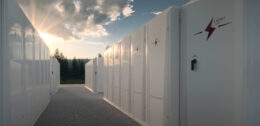China’s largest electrochemical storage facility achieves grid connection
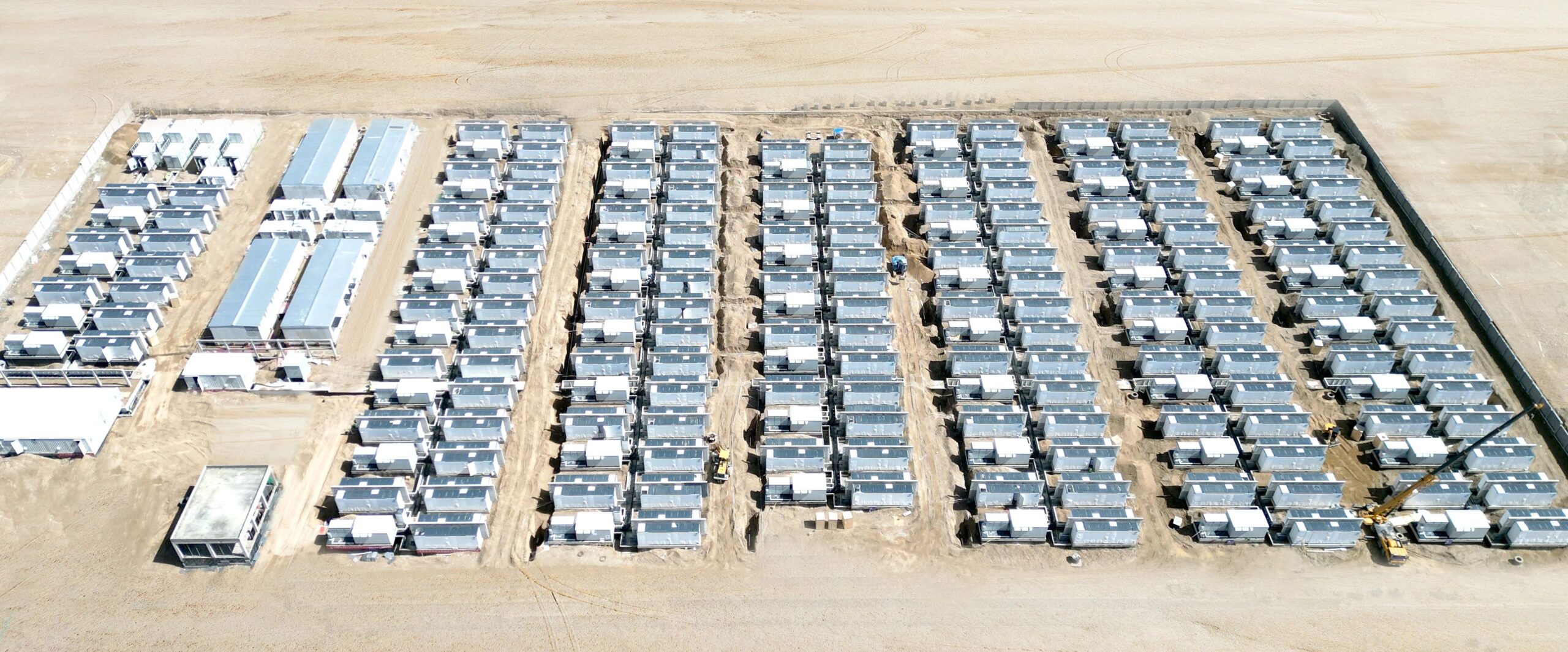
Huadian (Haixi) New Energy Co., a subsidiary of China Huadian Group, has successfully completed the full-capacity grid connection of the Togdjog Shared Energy Storage Station located in a cold and high-altitude region of Qinghai Province. This milestone marks the commencement of operations for China’s largest single electrochemical storage facility.
Located in Delingha City, Haixi Prefecture, Qinghai Province, the Togdjog Shared Energy Storage Station sits at an elevation exceeding 3,000 meters. The project boasts a power output of 270 MW and a total storage capacity of 1,080 MWh. It is divided into eight storage areas and 56 storage units. Upon full operation, it is expected to provide approximately 300 GWh of clean energy annually.
The facility features outdoor prefabricated lithium iron phosphate (LiFePO4) battery storage systems, provided by Chinese storage system supplier Sungrow. The company has installed 51 units of its Power Titan liquid-cooled storage systems. Additionally, an experimental zinc-bromine flow battery storage system has been installed, although its capacity remains unspecified.
Zinc-bromine flow batteries, a more mature technology in the flow battery category, offer an energy density three-to-five times greater than lead-acid batteries and come at 10-20% of the cost of lithium-based storage batteries. The installation aims to test the performance of zinc-bromine battery storage systems in high-altitude, large-scale wind-solar-storage energy bases.
The new Togdjog Shared Energy Storage Station will add to Huadian’s 1 GW solar-storage project base and 3 MW hydrogen production project in Delingha, making it not only the largest electrochemical storage project in China but also the largest smart shared energy storage station built and operational in cold and high-altitude regions.

